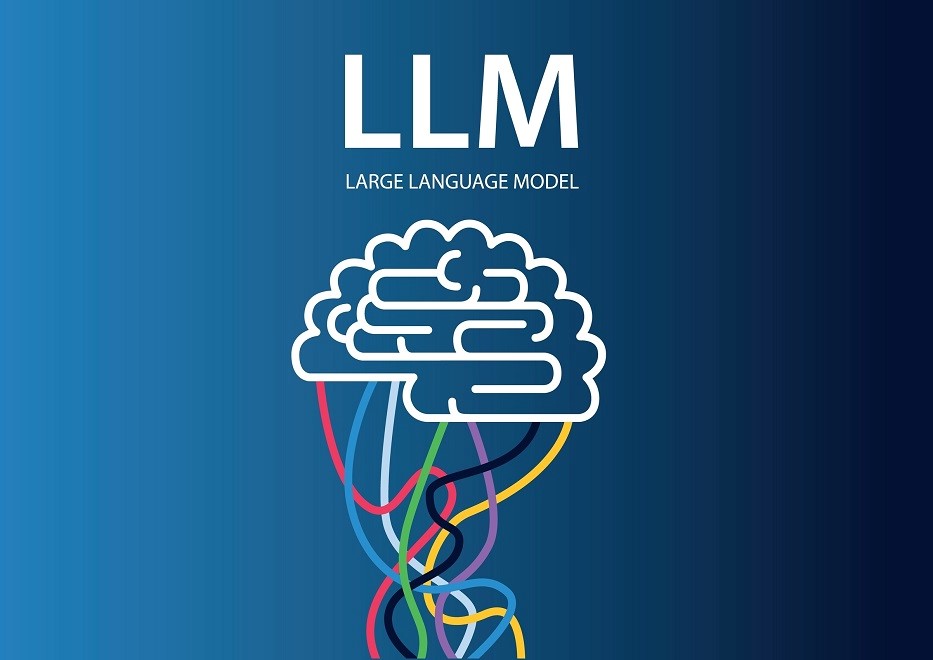Free Courses Sale ends Soon, Get It Now


Free Courses Sale ends Soon, Get It Now



Disclaimer: Copyright infringement not intended.
Context
Details
Definition and Functionality
Key Features
Types of LLMs
Working Mechanism
Advantages
Challenges
Notable Large Language Models
Conclusion
Large Language Models represent a significant advancement in artificial intelligence, enabling machines to understand and generate human-like text with unprecedented accuracy and fluency. While LLMs hold immense potential for a wide range of applications, addressing ethical considerations, ensuring responsible use, and advancing research in areas such as bias mitigation and interpretability are essential for realizing their full benefits while minimizing risks.
|
PRACTICE QUESTION Q. Large Language Models represent a significant advancement in artificial intelligence, enabling machines to understand and generate human-like text with unprecedented accuracy and fluency. Examine. (150 words) |
© 2024 iasgyan. All right reserved